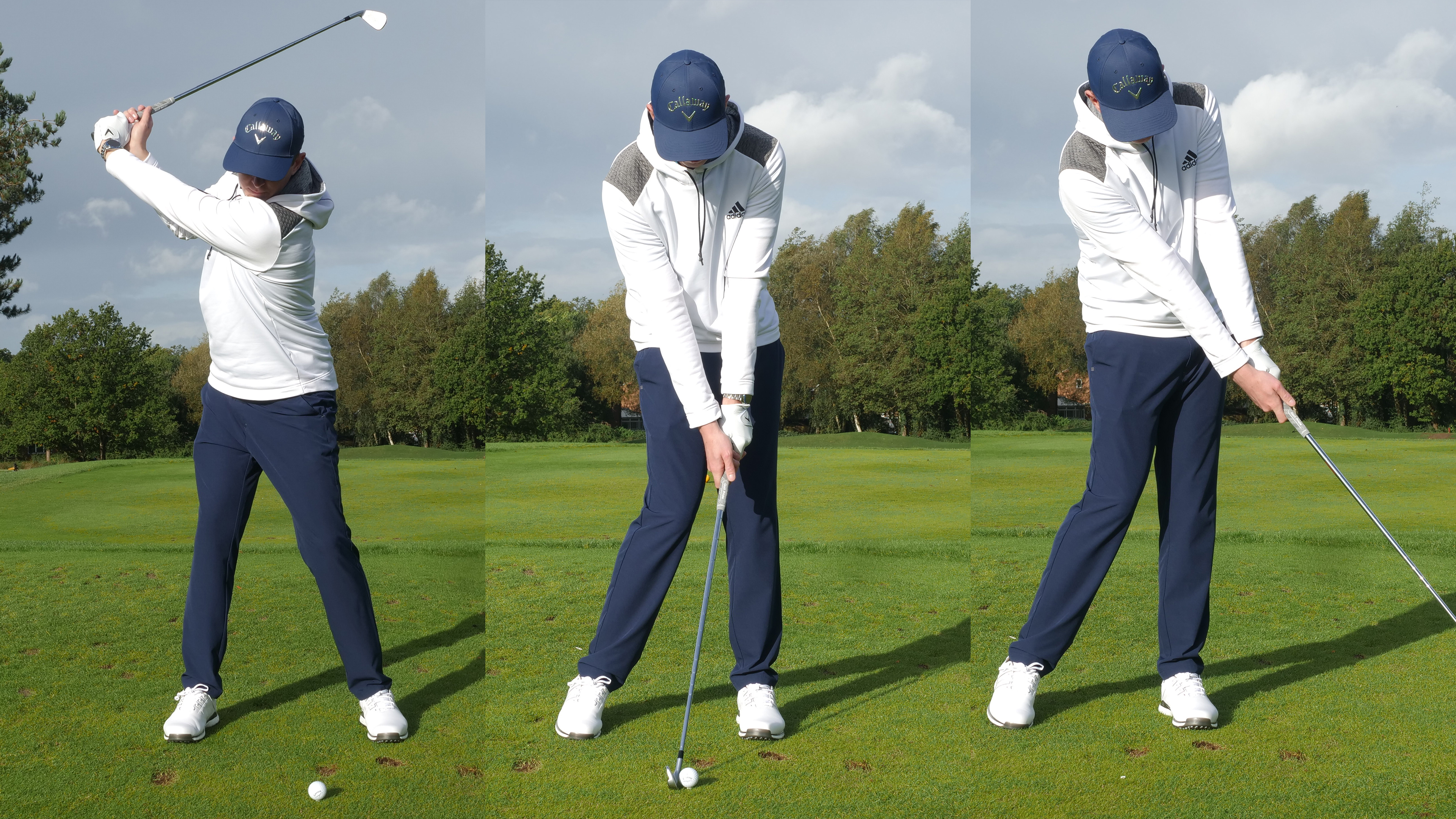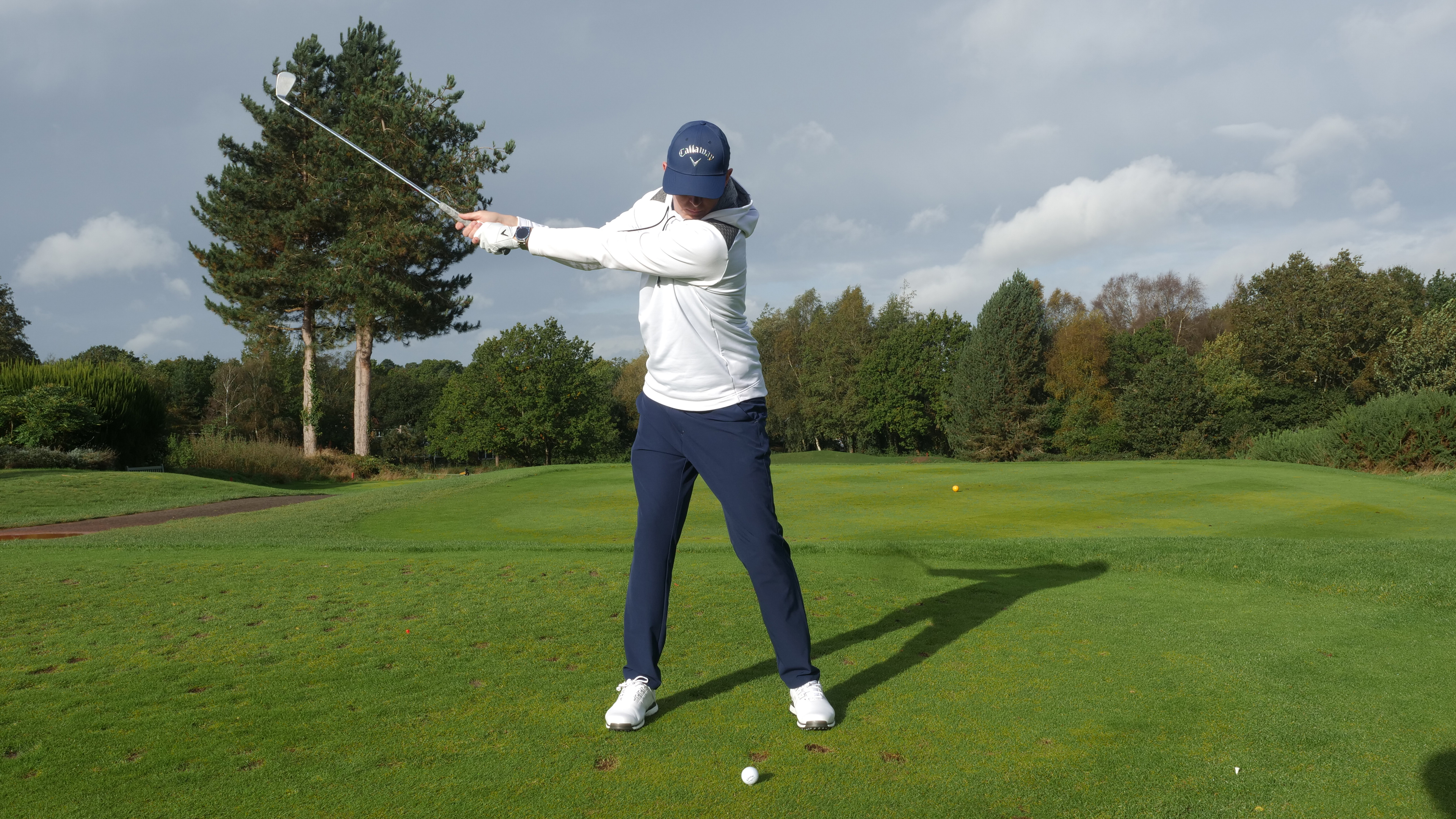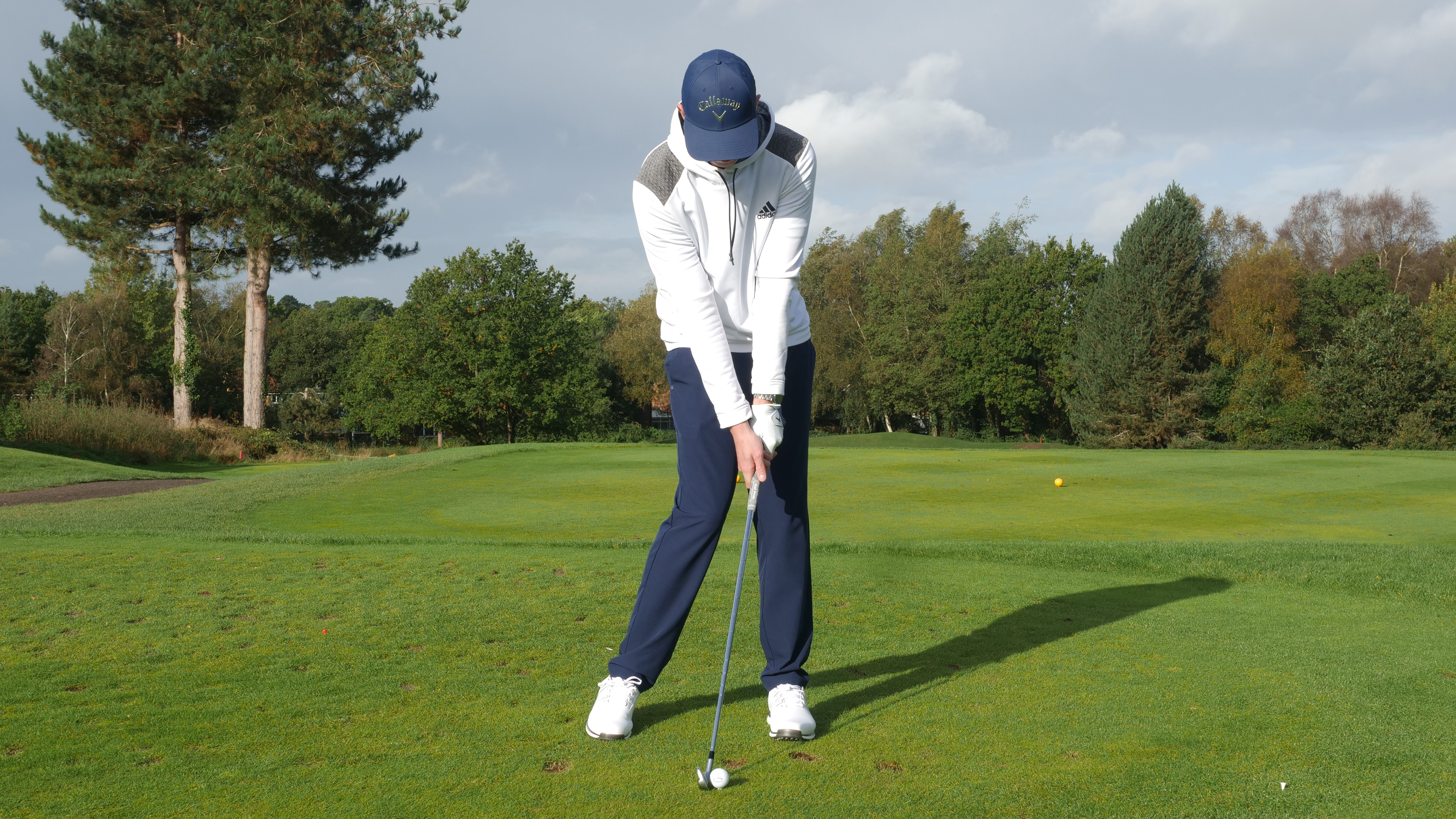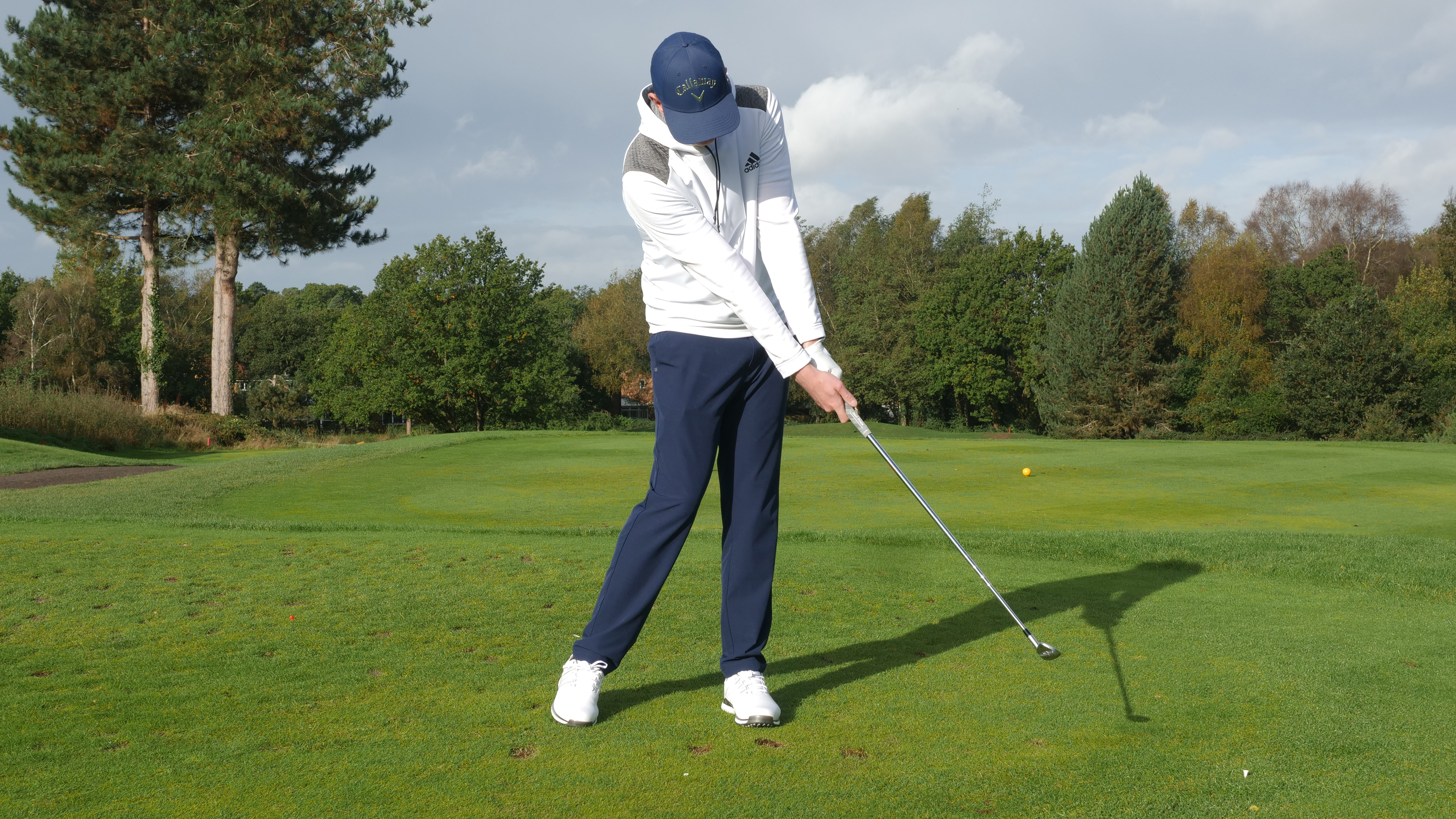What Is The Release In The Golf Swing?
The term 'release in the golf swing' is something many amateurs will have heard, but might not understand. Golf Monthly Top 50 Coach Ben Emerson explains...


While there are plenty of expert golf tips on certain golf swing fundamentals, such as the perfect golf grip or the correct ball position, but you may not have heard much about release.
In this video and article, Golf Monthly Top 50 Coach Ben Emerson shares his top tips and best drills to master release in the golf swing and strike the ball better...
What Is The Release In The Golf Swing?
Many amateur golfers believe that releasing the club means chucking the hands through impact, resulting in an aggressive turn over. This common misconception might be harming your ball striking, however, and instead you should consider it as a way of releasing the power you have generated through the ball at the correct moment.
This comes from your body, and the club, and it should occur naturally as a positive consequence of everything you have done before the point of impact.
An inefficient release if often the result of some common faults. The first is casting, where the angle of the arms and club is released too early which results in a scooping motion at impact.

Casting the club from the top of the swing will result in a loss of power and accuracy
One great drill to perfect that effective release pattern can be done by putting a tee into the ground a few feet in front of the ball. You can then use the tee to rehearse a good impact position, with hands forward and your hips slightly open.
Once you have honed this feeling and position, you can then start hitting a few half-swing punch shots focusing on recreating it.
Subscribe to the Golf Monthly newsletter to stay up to date with all the latest tour news, equipment news, reviews, head-to-heads and buyer’s guides from our team of experienced experts.

This is what a good impact position looks like
Crucially, you should not be trying to hit ‘at’ the ball. Get the sequence right and the club will breeze through impact, accelerating as it goes - this is one of the most important elements in how to swing a golf club.
Swing back until your lead arm is parallel to the ground, then swing through and try to stop when the clubhead is pointing at the tee. Don’t worry if it takes a few attempts to achieve the desired position; by simply working towards that goal, you’ll be improving your release and sequence as a byproduct.

When doing this drill, you want to get the club pointing at the tee shortly after impact
For every five balls, do the drill a few times and then hit one or two full shots during a practice session. If you dedicate yourself, you’ll start to notice improvements pretty quickly. The beauty of it is not just in its simplicity, but in the fact it can have a profound impact on your entire swing as well as how you deliver the club.

Location: Sand Martins GC
Ben’s modern approach to golf coaching has seen him become one of the most sought-after coaches in the country and teaches none other than Robbie Williams. His honest, modern and fun style of coaching has help thousands of golfers of all ages and abilities and he has been coaching for over 20 years.
Advice for practice:
Start with slow, small swings. If you can’t do it small and slowly there is not a hope in hell of doing it at full speed with a full swing! In other sports such as rugby or martial arts they slow learn new moves/plays before making them at full speed.
Teaching philosophy:
‘Why guess when you can access’ Ever new student goes through a full TPI movement screen, 3D motion capture and pressure plate analysis as well as TrackMan and 2D video analysis. Coaching is based on facts and not guess work.
Most common problem:
A lack of clubface understanding and awareness. I get golfers to aim the clubface directly at the target and get them to make a slow swings and deliver the club to the ball with an open face, then repeat the same thing again but with a closed face, followed by one at the target. Giving them full awareness based on feelings errors to find a happy middle ground.